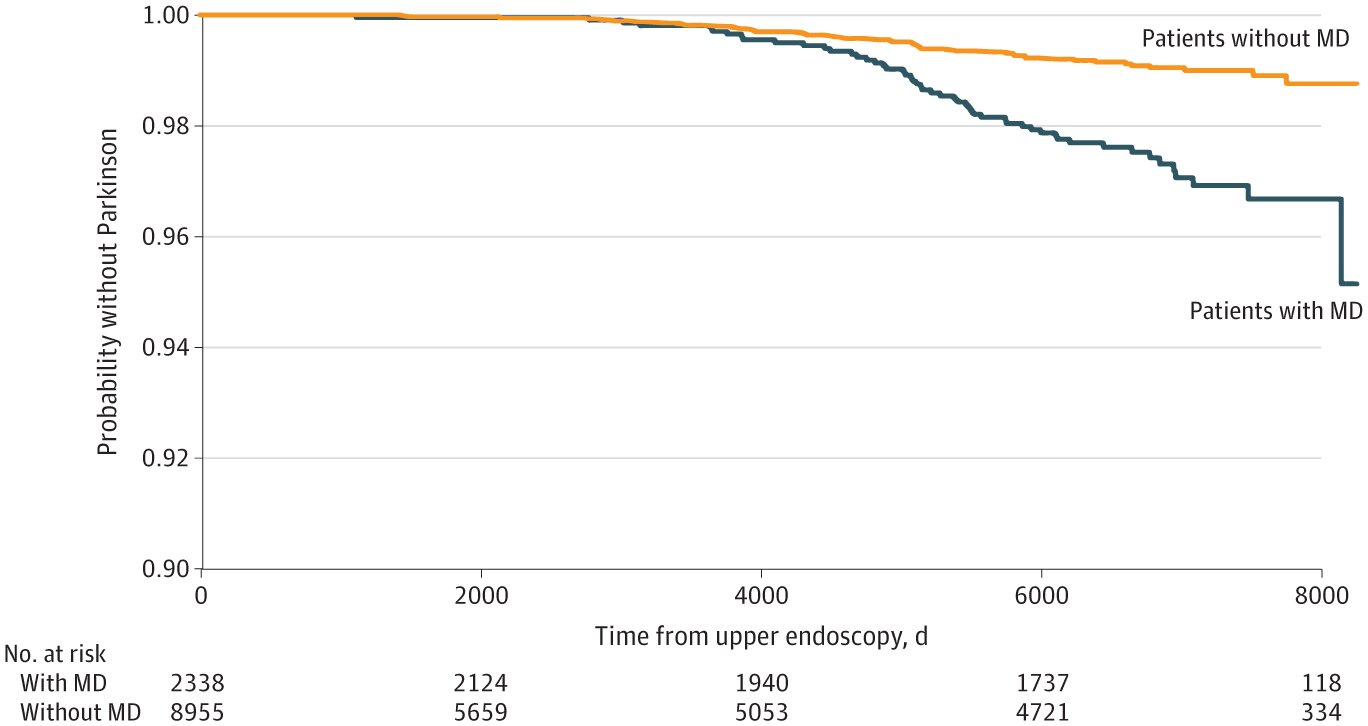A research team from the University of California, Irvine is the first to reveal that a molecule in the brain — ophthalmic acid — unexpectedly acts like a neurotransmitter similar to dopamine in regulating motor function, offering a new therapeutic target for Parkinson’s and other movement diseases.
In the study, published in the October issue of the journal Brain, researchers observed that ophthalmic acid binds to and activates calcium-sensing receptors in the brain, reversing the movement impairments of Parkinson’s mouse models for more than 20 hours.
The disabling neurogenerative disease affects millions of people worldwide over the age of 50. Symptoms, which include tremors, shaking and lack of movement, are caused by decreasing levels of dopamine in the brain as those neurons die. L-dopa, the front-line drug for treatment, acts by replacing the lost dopamine and has a duration of two to three hours. While initially successful, the effect of L-dopa fades over time, and its long-term use leads to dyskinesia — involuntary, erratic muscle movements in the patient’s face, arms, legs and torso.
“Our findings present a groundbreaking discovery that possibly opens a new door in neuroscience by challenging the more-than-60-year-old view that dopamine is the exclusive neurotransmitter in motor function control,” said co-corresponding author Amal Alachkar, School of Pharmacy & Pharmaceutical Sciences professor. “Remarkably, ophthalmic acid not only enabled movement, but also far surpassed L-dopa in sustaining positive effects. The identification of the ophthalmic acid-calcium-sensing receptor pathway, a previously unrecognized system, opens up promising new avenues for movement disorder research and therapeutic interventions, especially for Parkinson’s disease patients.”
Alachkar began her investigation into the complexities of motor function beyond the confines of dopamine more than two decades ago, when she observed robust motor activity in Parkinson’s mouse models without dopamine. In this study, the team conducted comprehensive metabolic examinations of hundreds of brain molecules to identify which are associated with motor activity in the absence of dopamine. After thorough behavioral, biochemical and pharmacological analyses, ophthalmic acid was confirmed as an alternative neurotransmitter.
“One of the critical hurdles in Parkinson’s treatment is the inability of neurotransmitters to cross the blood-brain barrier, which is why L-DOPA is administered to patients to be converted to dopamine in the brain,” Alachkar said. “We are now developing products that either release ophthalmic acid in the brain or enhance the brain’s ability to synthesize it as we continue to explore the full neurological function of this molecule.”
Team members also included doctoral student and lab assistant Sammy Alhassen, who is now a postdoctoral scholar at UCLA; lab specialist Derk Hogenkamp; project scientist Hung Anh Nguyen; doctoral student Saeed Al Masri; and co-corresponding author Olivier Civelli, the Eric L. and Lila D. Nelson Chair in Neuropharmacology — all from the School of Pharmacy & Pharmaceutical Sciences — as well as Geoffrey Abbott, professor of physiology & biophysics and vice dean of basic science research in the School of Medicine.
The study was supported by a grant from the National Institute of Neurological Disorders and Stroke under award number NS107671 and the Eric L. and Lila D. Nelson Chair in Neuropharmacology.
Alachkar and Civelli are inventors on a provisional patent that covers products related to ophthalmate and calcium-sensing receptors in motor function.


